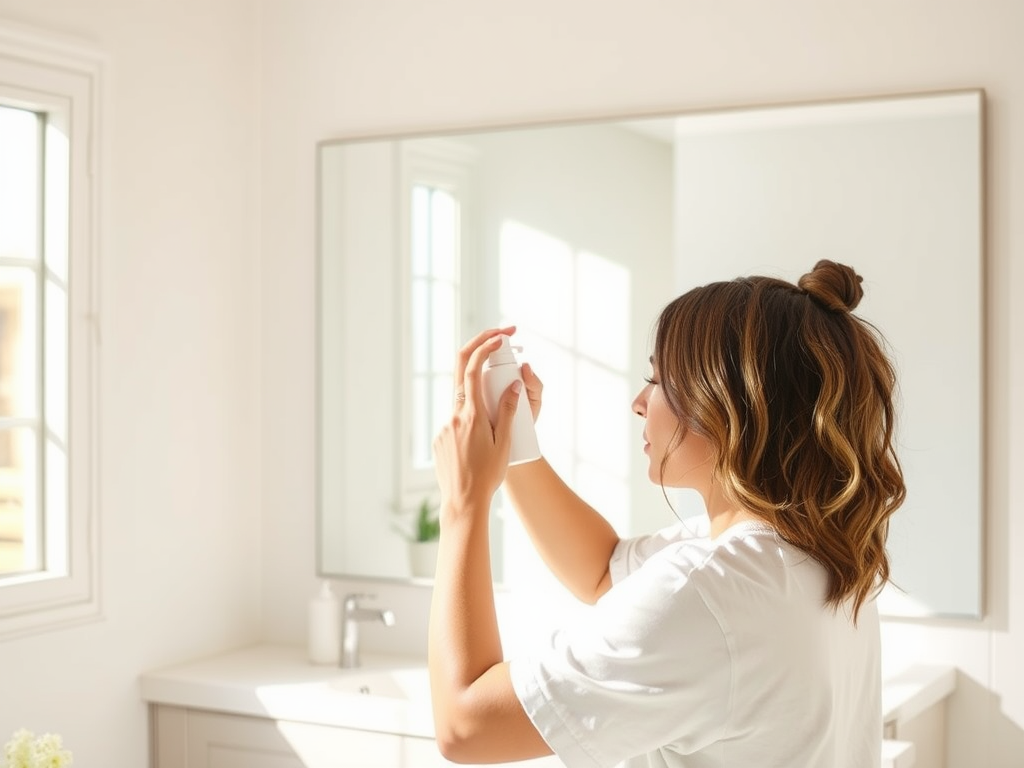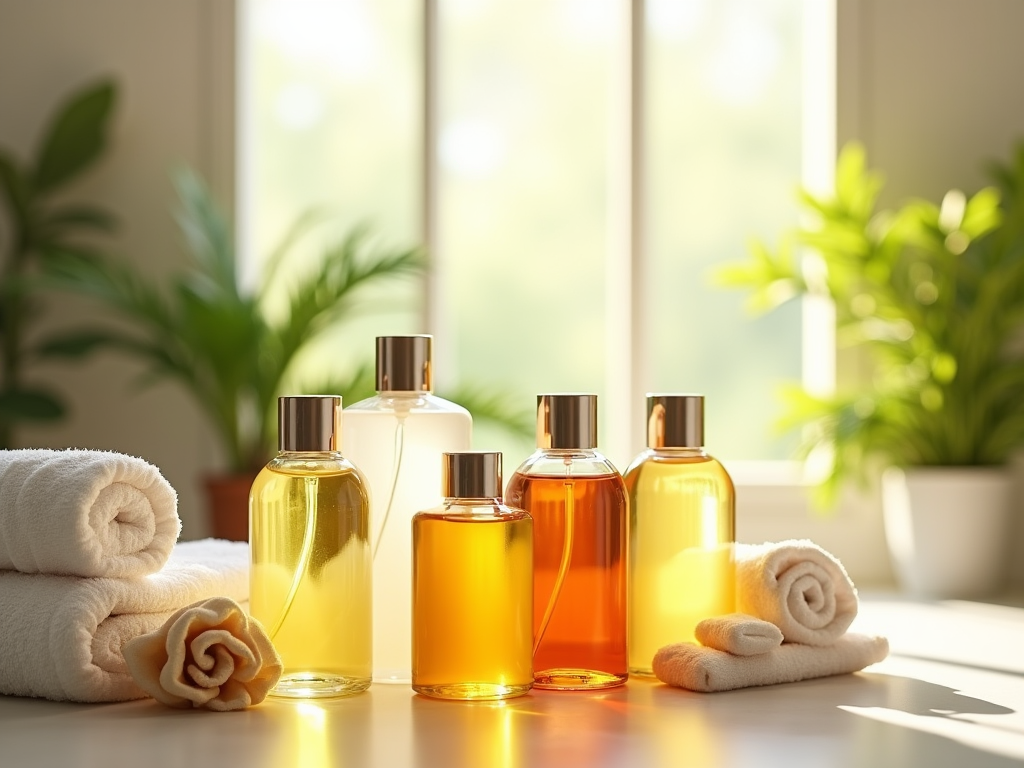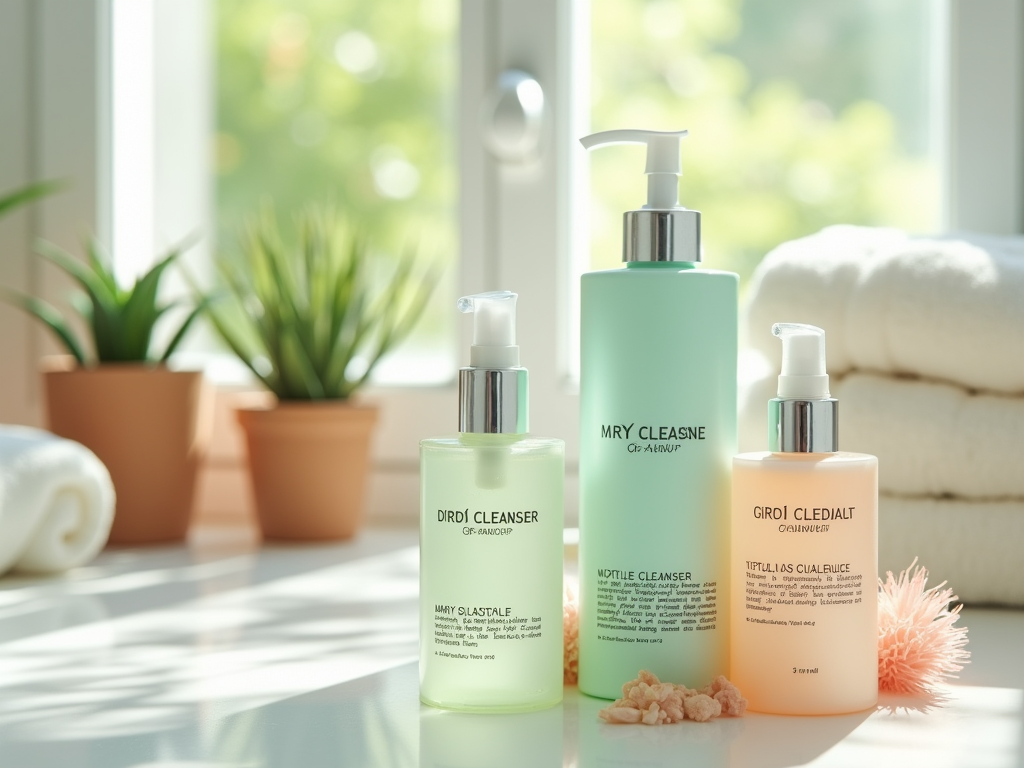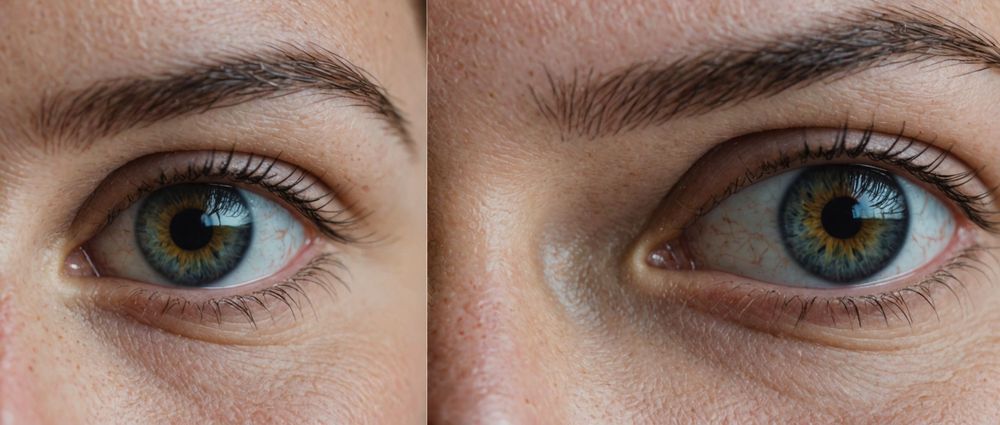Many people underestimate the power of conditioner in their hair care routine. While shampoo gets all the glory for cleaning, conditioner is the unsung hero that brings life and luster back to our hair. The effectiveness of a conditioner largely depends on how long it’s left on during the application process. You may find that certain applications leave your hair feeling weighed down, while others leave it silky and vibrant. This article delves into the question of timing—specifically, how long to let that conditioner work its magic. By understanding the nuances of conditioner use, you can make the most out of your hair care products.
Understanding the Purpose of Conditioner
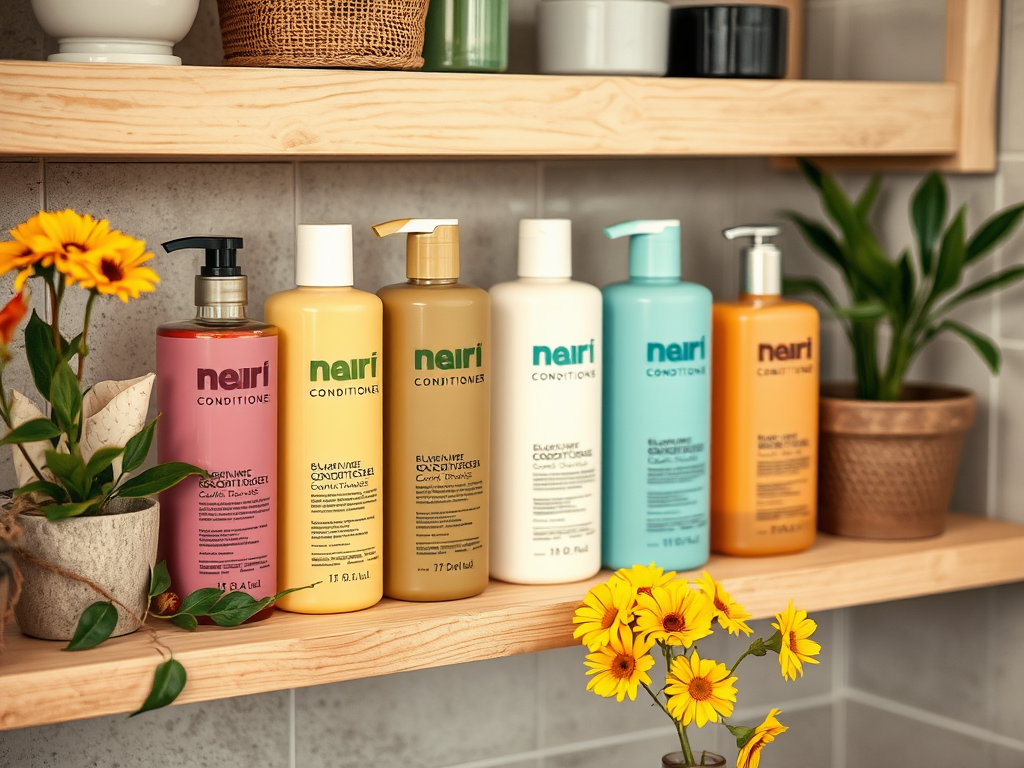
Conditioner serves multiple purposes, and each formulation is designed to address specific needs. Primarily, it acts to hydrate the hair, sealing in moisture and providing essential nutrients. This creates a barrier that helps minimize frizz and enhance manageability. Achieving optimal results from conditioner requires not just the right product but also mindful application techniques. Understanding how conditioner interacts with your hair type is crucial in selecting the right timing for its use. Thus, it’s not just a matter of how long you let it sit, but also how you integrate it into your overall haircare routine.
Different Types of Conditioners

When it comes to conditioners, one size does not fit all. Various types exist, each offering unique benefits tailored to different hair needs. The three main categories are:
- Rinse-out Conditioners: These are typically used immediately after shampooing and provide lightweight hydration and manageability.
- Leave-in Conditioners: Designed to be left in the hair without rinsing, they offer longer-lasting moisture and protection.
- Deep Conditioners: Thicker, more intense formulas meant for deep nourishment, these conditioners require longer application times for optimal results.
Ideal Duration for Each Conditioner Type
Getting the timing right is essential for maximizing the benefits of your chosen conditioner. Each type of conditioner comes with its own set of guidelines:
| Conditioner Type | Recommended Time |
|---|---|
| Rinse-out Conditioners | 2-5 minutes |
| Leave-in Conditioners | 10-15 minutes (or longer) |
| Deep Conditioners | 15-30 minutes |
Fine hair often requires lesser time than thicker or coarser hair types, which generally benefit from a longer conditioning duration. The extent of damage or dryness in your hair can also dictate how long you should keep products in. For example, if your hair is colored or chemically processed, you may want to err on the side of caution and leave deep conditioners in longer to replenish moisture. However, always check the specific directions provided on the product, as formulations can vary despite similar bases.
Factors That Influence Condition Time
Beyond just product types, several factors can influence how long you should apply conditioner. These include:
- Hair Type: Fine hair might benefit from a shorter application, while coarser textures often require extended conditioning periods.
- Condition of Hair: If your hair is damaged or has been exposed to heat and chemicals, it may need longer conditioning for effective repair.
- Product Formulation: Each conditioner has its specific guidelines, and adhering to these recommendations is key to achieving the best results.
Forenhanced conditioning results, consider the following tips:
- Use Heat: Applying gentle heat, such as a warm towel or heated cap, can help open the hair cuticle and allow deeper penetration of the conditioner.
- Comb It Through: Distributing the product evenly with a wide-tooth comb ensures that each strand is adequately coated.
- Regular Use: Consistency is crucial; make conditioning a regular part of your routine for long-term benefits.
Conclusion
Grasping the importance of timing when applying conditioner can lead to remarkable differences in your hair’s health and appearance. By customizing the duration based on your specific hair type and conditions, you can maximize the benefits and achieve optimal results. Moreover, developing a regular conditioning routine not only enhances the immediate look but also promotes long-term hair health. Remember, conditioning is not just a step; it’s an integral part of your hair care journey. Tailor your approach and enjoy the transformative power of well-conditioned hair.
Frequently Asked Questions
- How often should I condition my hair?
It varies by hair type. Typically, conditioning after every wash is recommended, while dry or damaged hair may benefit from weekly deep conditioning. - Can I leave conditioner in my hair overnight?
Yes, overnight conditioning with a leave-in product can provide deep hydration for dry or brittle hair. - Is it bad to leave conditioner in too long?
Leaving rinse-out conditioners on for extended periods may lead to build-up, so it’s best to follow the guidelines provided. - What should I do if my hair feels heavy after conditioning?
This may indicate that too much product was used, or that it wasn’t rinsed out thoroughly. Reduce the amount next time or ensure proper rinsing. - Are there specific conditioners for different hair types?
Yes, conditioners are tailored for various hair types—curly, fine, and thick hair often have distinct formulations to meet different needs.
